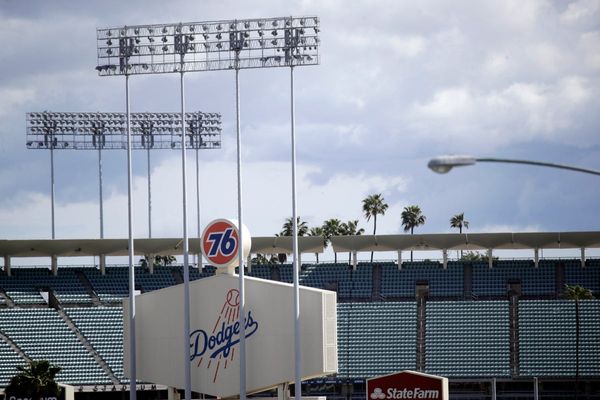
Even as SAFAR data showed that Mumbai had a higher percentage share of particulate matter (PM) 2.5 in PM10 than in Delhi in 2018, the air pollution action plan, Mumbai Metro and coastal road will help tackle it, said authorities.
The Maharashtra Pollution Control Board (MPCB) said PM10, PM2.5 and PM1 were chief pollutants, which will be addressed for Mumbai’s air pollution action plan. “Rising particulate matter is a concern for Mumbai as it is for 16 other cities in Maharashtra. With more cars per km than other megacities, exhaust from vehicles is a major source responsible for PM2.5 and even PM1, and the focus is to reduce this,” said Sudhir Shrivastava, chairman, MPCB.
MPCB’s chief pointed out that the construction of the Mumbai Metro and Coastal Road will help decongest major bottlenecks in the city, and the planned introduction of cleaner fuels under Bharat Stage VI norms later this year will effectively reduce PM emissions.
“Short-term goals are focusing on making citizens aware about the employee commute pattern through shared transport and staggered work hours. In Lower Parel, office complexes are inducing traffic of 5,000 personal cars a day apart from cabs. Employers need to converge towards shared mobility,” said Shrivastava. “Another major development is the Brihanmumbai Electric Supply and Transport (BEST) augmenting its fleet by adopting a variety of vehicles for short
and long trips, which will reduce the dependency on private vehicles.”
“PM is the best single health indicator for pollution, which kills over 1.24 million Indians each year. The evidence clearly dispels the misperception that air pollution problem is greatest in Delhi - the crisis affects everyone, and extends beyond the bounds of urban areas,” said Sumi Mehta, senior epidemiologist for the environmental health program of US-based Vital Strategies.
While the percentage share of particulate matter (PM) 2.5, which makes up particulate matter PM10, was higher in Mumbai’s air than in Delhi in 2018, the absolute levels of the two pollutants were much more in Delhi (PM2.5 at 210 micrograms per cubic metre (µg/m3) and PM10 at 105 µg/m3) compared to Mumbai (PM2.5 at 65µg/m3 and PM10 at 110µg/m3).
PM2.5 (particulate matter which is 2.5 microns in size) can easily enter the lungs and cause health ailments. PM10 are solid and liquid particles that are more than 10 micrometres in diameter. The percentage share of PM2.5 in PM10 was at an annual average of 60% in Mumbai, 55% in Ahmedabad, 53% in Pune, and 49% in Delhi, according to data released by the System of Air Quality Weather Forecasting and Research (SAFAR) under the Indian Institute of Tropical Meteorology (IITM), Ministry of Earth Sciences, at an air quality conference in Goa last week revealed.
Explaining the reason behind the difference in percentage and absolute numbers, Gufran Beig, project director, SAFAR, said, “We found Mumbai had the highest share of finer toxic particles (PM2.5), which are more hazardous to health, in total PM10 across 2018. High moisture incursions (humidity) in this oceanic region allow these finer pollutant particles to get suspended in Mumbai’s air longer combined with secondary aerosol formation, which leads to faster accumulation of overall air pollution. We found black carbon combustion and composition due to biofuel emissions is more in Mumbai than in Delhi over a year.”
Independent researchers validated the findings.
“In coastal areas such as Mumbai, sea spray forms a large component of fine particulate matter, and adds to the city’s pollution load,” said Polash Mukerjee, Lead (air pollution), Natural Resources Defence Council (NRDC), India. “High moisture and temperature allows these finer particles to be trapped along with emissions from combustion sources in the city’s air for longer compared to other landlocked cities.”
First Published: Jun 17, 2019 00:13 IST







